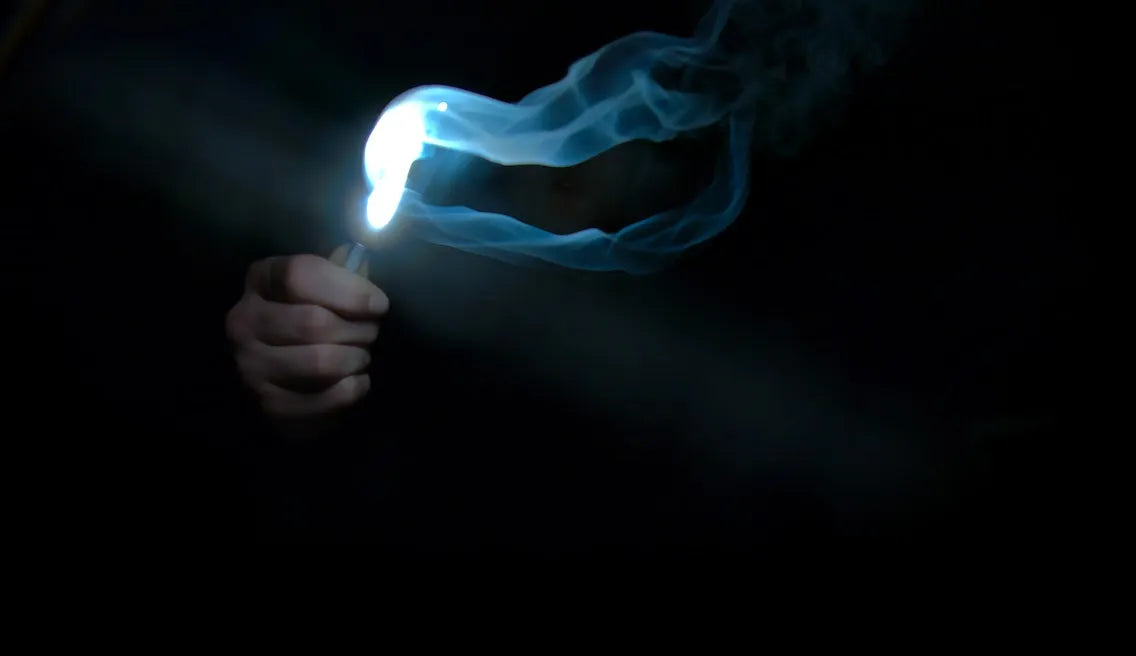All about Magnesium
Magnesium (Mg) is one of the alkaline earth metals with a shiny grey appearance. It is quite abundant making up 13% of the earth's mass and is the third most common element in seawater. A common demonstration in high school chemistry class is to burn a small piece of magnesium. Many people will probably remember the brilliant white light given off. Even when it is not burning, it is very reactive and quickly becomes coated in a white layer of magnesium oxide when exposed to the oxygen in air.
An atom of magnesium is at the centre of every molecule of chlorophyll. This means that magnesium is absolutely vital for photosynthesis, and without photosynthesis, plants cannot live and grow. Magnesium is also used by plants to activate certain enzymes and for building proteins. Although magnesium is considered to be a secondary nutrient because it is required in smaller amounts than the macro nutrients (N, P, and K) there is absolutely nothing secondary about its importance and its concentration in plant tissue is comparable to phosphorus.
Magnesium is mobile and can be transported around and reused by plants where it is most needed. This is usually in the new growth. If there is a shortage of magnesium in the root-zone, plants will take it from older, lower leaves and reuse it to make new shoots and leaves. This causes the older, lower leaves to develop yellowing between the veins (known as interveinal chlorosis) and rusty-brown spots may appear on them. Eventually they can shrivel and drop off. The plant, as a whole, can take on a generally unhealthy appearance:
Unfortunately, the signs of magnesium deficiency can be very slow to appear. In fact they can take several weeks to manifest themselves by which time the plant is really suffering. It can also become locked out by high levels of calcium or potassium, It is a wise precaution to try to ensure that there is adequate magnesium available to the plant at least most of the time. A good way to ensure this is with a magnesium-containing foliar spray, such as a weak solution of a quality calmag supplement which will also help to combat any shortage of calcium.
It is rare for magnesium levels to become so high that they are toxic. However, too much of it can cause availability problems with calcium or potassium. Signs of too much magnesium can be very dark-green foliage and slow growth. Deficiencies in calcium and potassium may also be evident.

